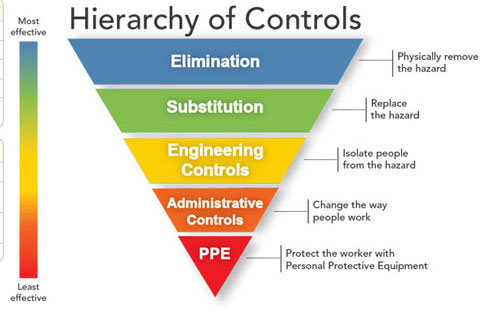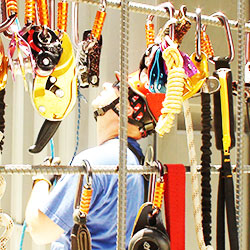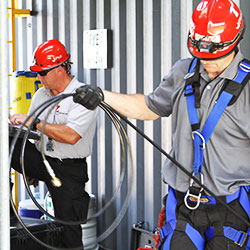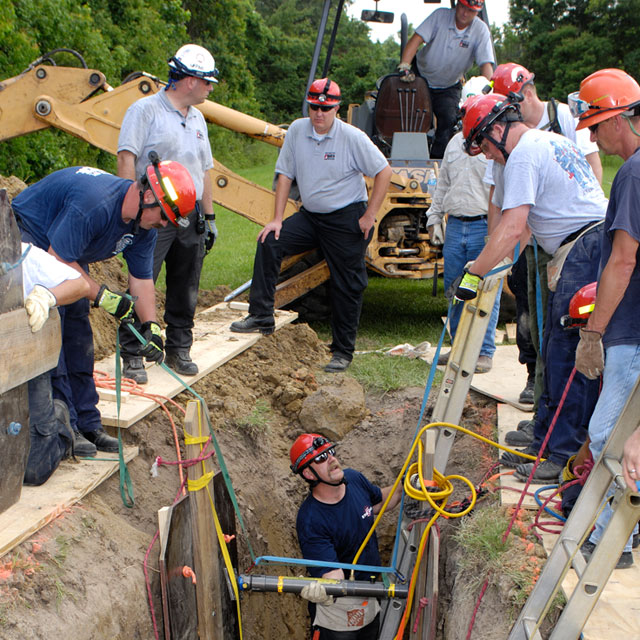 In response to the death of a 23-year-old construction worker in a trenching incident in Anchorage, the Alaska Department of Labor and Workforce Development is highlighting the importance of training workers on safe trench work and excavations.
In response to the death of a 23-year-old construction worker in a trenching incident in Anchorage, the Alaska Department of Labor and Workforce Development is highlighting the importance of training workers on safe trench work and excavations.
State regulations require employers to ensure workers are trained to recognize and avoid hazards related to any trench work or excavations in which the depth of the site is at least 4 feet. Employers also must make sure workers adequately enter and exit trenches, in addition to taking proper measures for shoring and sloping protection.
An Anchorage Fire Department search-and-rescue team, police and medics responded to the incident shortly after 1 p.m. on June 16, 2015.
OSHA has launched an investigation into the workplace accident according to a spokesperson for the Alaska Department of Labor and Workforce Development.
Sources: National Safety Council Newsletter (nsc.org) and Alaska Dispatch News (adn.com).



 When a student returns to one of our classes after a few years, we’ll often hear, “Wow, things sure have changed! There are a lot of new techniques and equipment since the last time I attended.” So, why do we change our courses on a regular basis? If it worked back then, why change it?
When a student returns to one of our classes after a few years, we’ll often hear, “Wow, things sure have changed! There are a lot of new techniques and equipment since the last time I attended.” So, why do we change our courses on a regular basis? If it worked back then, why change it? 


 The Occupational Safety and Health Administration today issued a
The Occupational Safety and Health Administration today issued a 
 Host Employers, Controlling Contractors, and Entry Supervisors
Host Employers, Controlling Contractors, and Entry Supervisors


